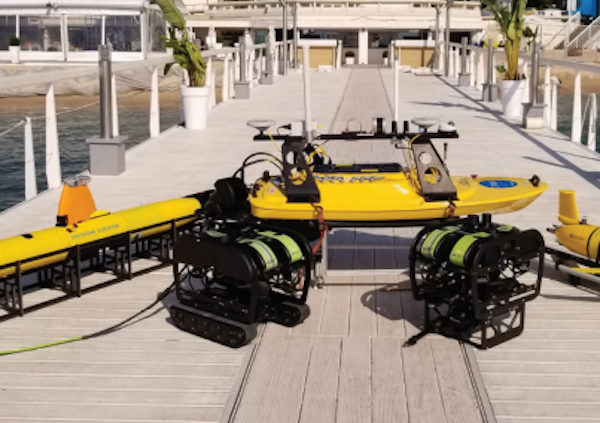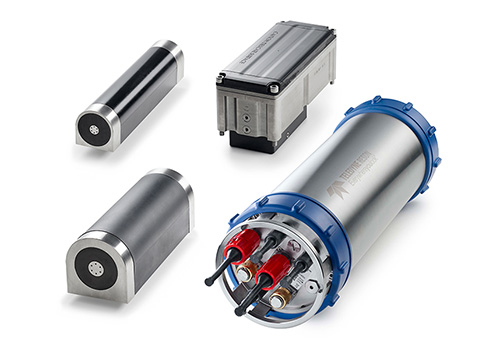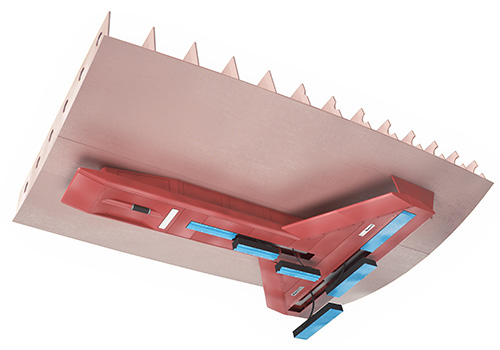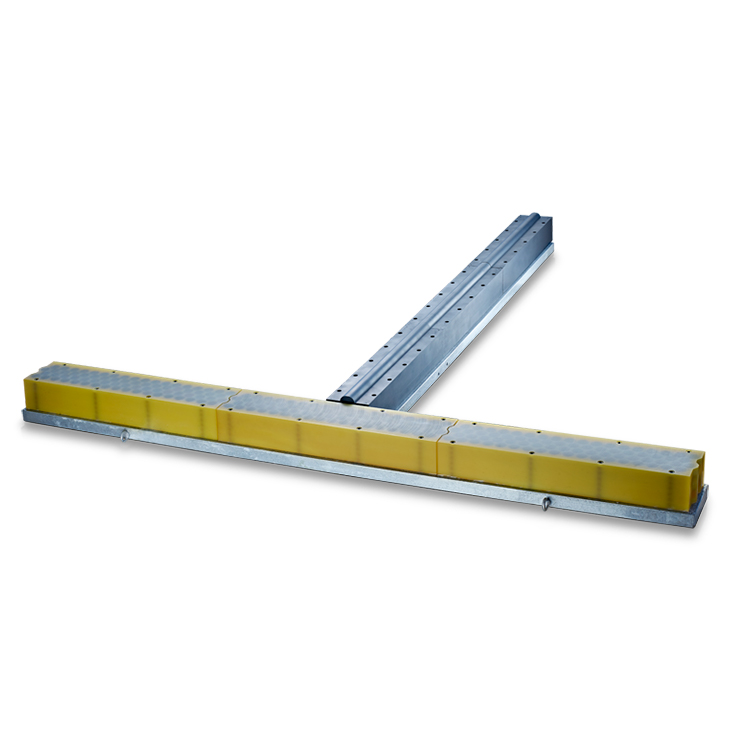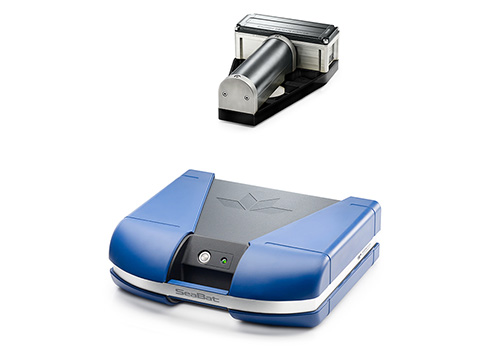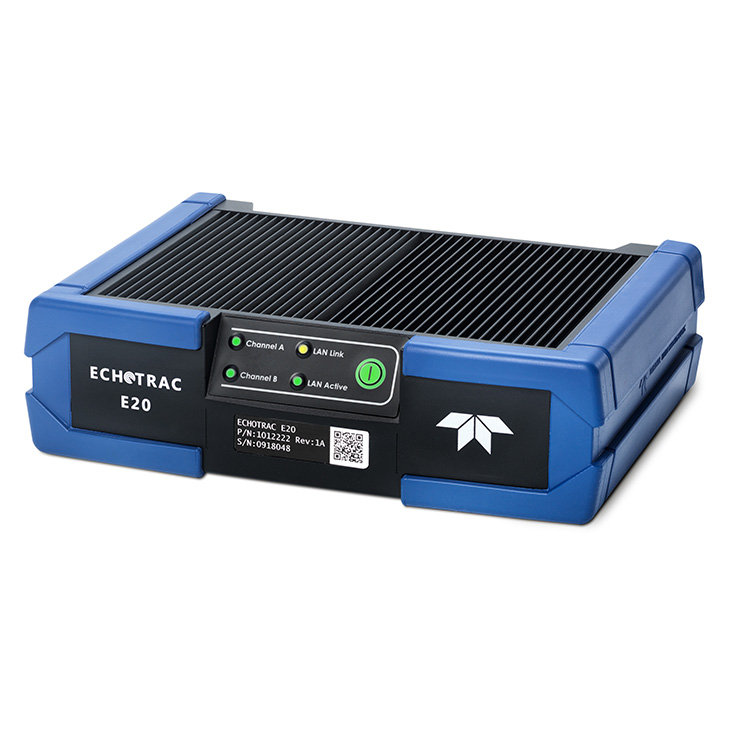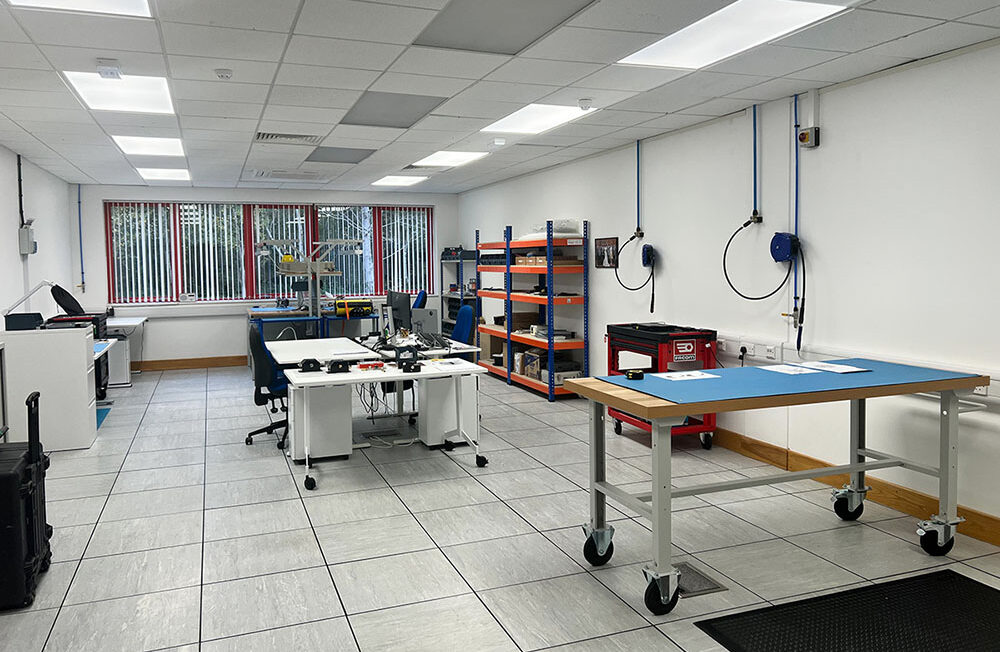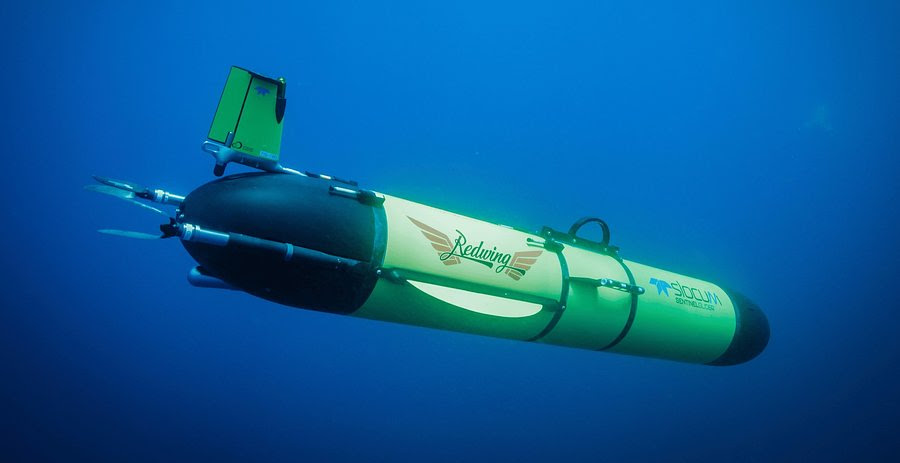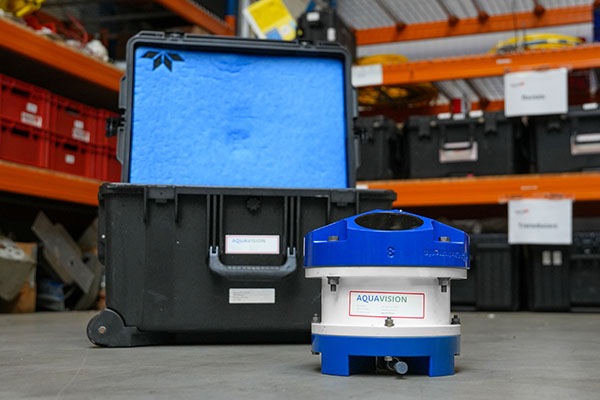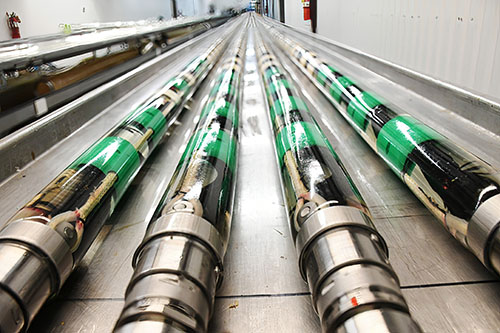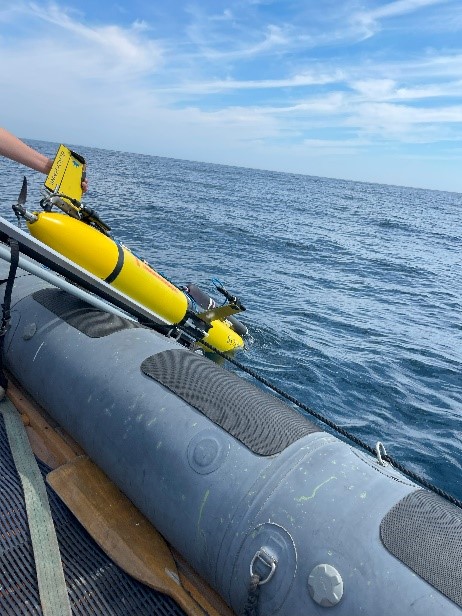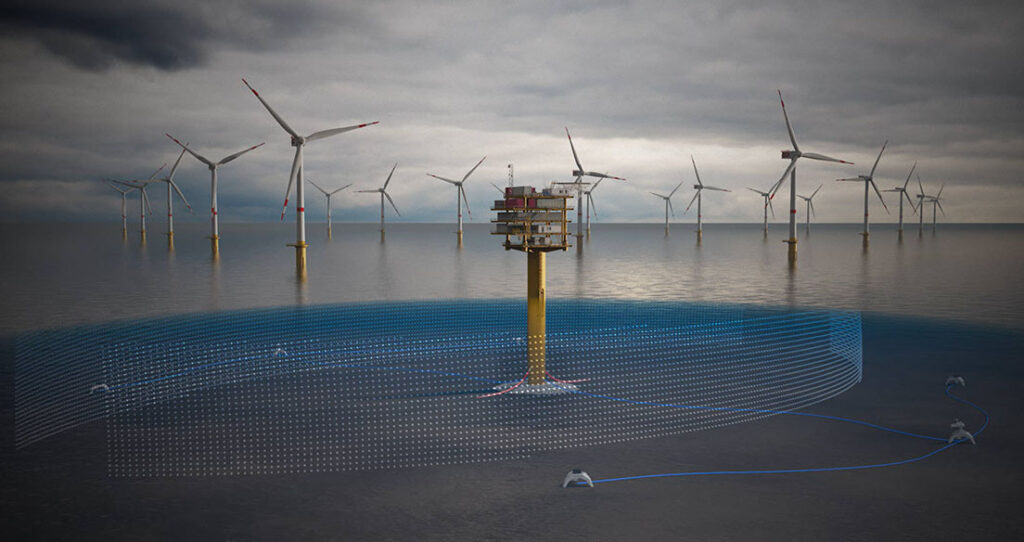
Teledyne Webb Research, a leading innovator in oceanographic research, has launched the Slocum Sentinel Glider, set to debut at Oceanology International (OI) in London in March 2024.
Teledyne Webb will formally host a cocktail party at OI to launch the new glider. The Slocum Sentinel Glider represents a groundbreaking advancement in autonomous underwater vehicles (AUVs) and promises to revolutionize oceanographic monitoring across myriad applications.
Anyone familiar with glider autonomous underwater vehicles (AUVs) is aware of the popularity of this platform over the past two decades, growing from early technology to one of the most widely used tools for oceanographic monitoring.
The glider user community has also significantly grown, alongside the increasing number of use cases for which gliders provide a practical solution. Ocean monitoring – whether for environmental assessments, mammal monitoring, fisheries, physical oceanography, defense, or dozens of other missions – has driven advanced glider technology to meet the modern demand for long-term data gathering of all kinds.
In response to more demanding user requirements for greater endurance and payload capability, Teledyne Webb Research has announced the launch of its newest product in the field of buoyancy engine-driven underwater vehicles: the Slocum Sentinel Glider. The Slocum Sentinel Glider expands the capabilities and endurance of the vehicle by building on the technology of Teledyne Webb Research’s Slocum G3 Glider.
The Slocum Sentinel Glider scales the standard Slocum Glider through an increased diameter and length – 13 inches in diameter and over 8 feet long. This expanded size allows the Sentinel to hold over 3.5 times as many lithium primary batteries as the standard Slocum Glider and to accommodate up to eight different sensor or hardware integrations.
The Sentinel will be driven by the industry’s largest buoyancy engine, with a volumetric capacity of four liters – more than double that of any other glider buoyancy engine. This affords the Sentinel a standard glide speed of 0.75 knots. It features dual thrusters on the aft of the vehicle, which users can choose to activate for a sprint speed of up to 3.5 knots.
The Sentinel uses the established piloting, flight control, and communications architecture of the Slocum Glider and allows for the same sensor and hardware options as the standard-sized vehicle.
Teledyne Webb Research invites attendees of OI in London to visit their booth #F100 and attend the cocktail party for an exclusive first look at the Slocum Sentinel Glider and to learn more about its capabilities and potential applications.
The product launch marks a significant milestone in oceanographic research, showcasing Teledyne Webb Research’s commitment to advancing technology to understand the world’s oceans better.
“The size of the Sentinel gives it the energy capacity to increase mission length to over two years, or users can fit more high-energy sensors like active or passive acoustics, sensors with on-board processing, and imaging, without seeing a significant decrease in their overall mission length,” said Shea Quinn, Slocum Glider Product Line Manager at TWR.
“The Sentinel is the world’s fastest glider – its buoyancy engine is large enough to deal with drastic density changes in the water column, and its thrusters give it the ability to stay on track in strong currents or other difficult ocean conditions,” said Quinn.
“We are excited to bring this new product and capability to our customers,” said Dan Shropshire, Vice President of Business Development for Teledyne Marine Vehicles, “The Sentinel represents the next generation in persistent ocean monitoring, and its features expand operational opportunities for our customers.”






